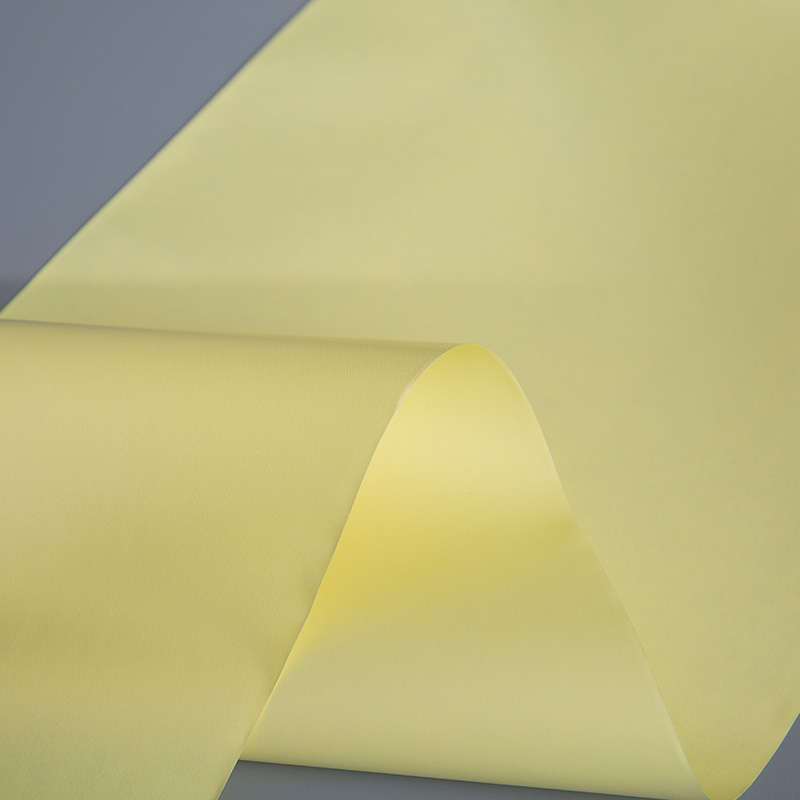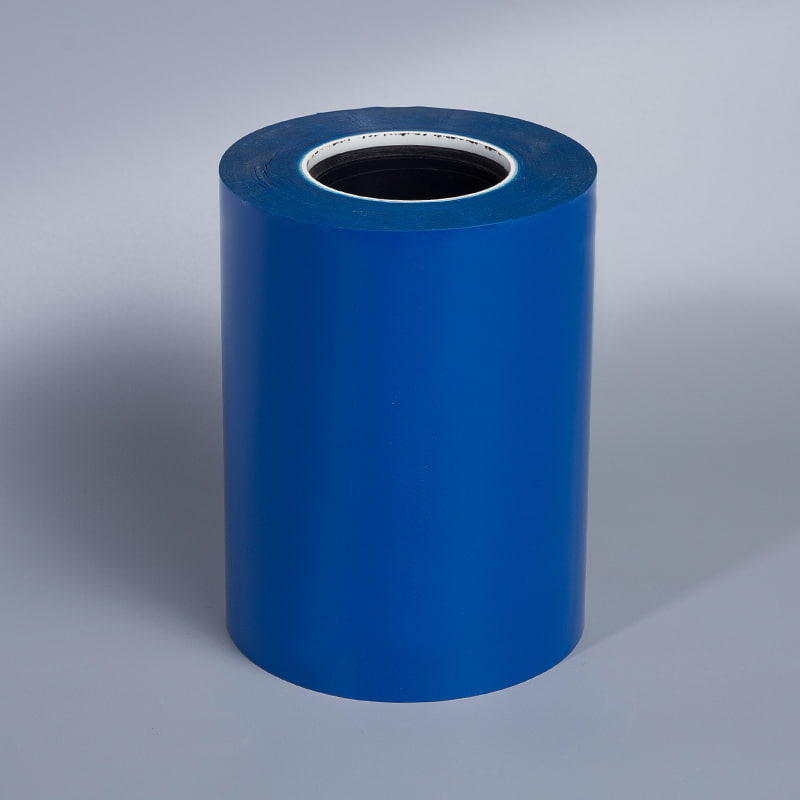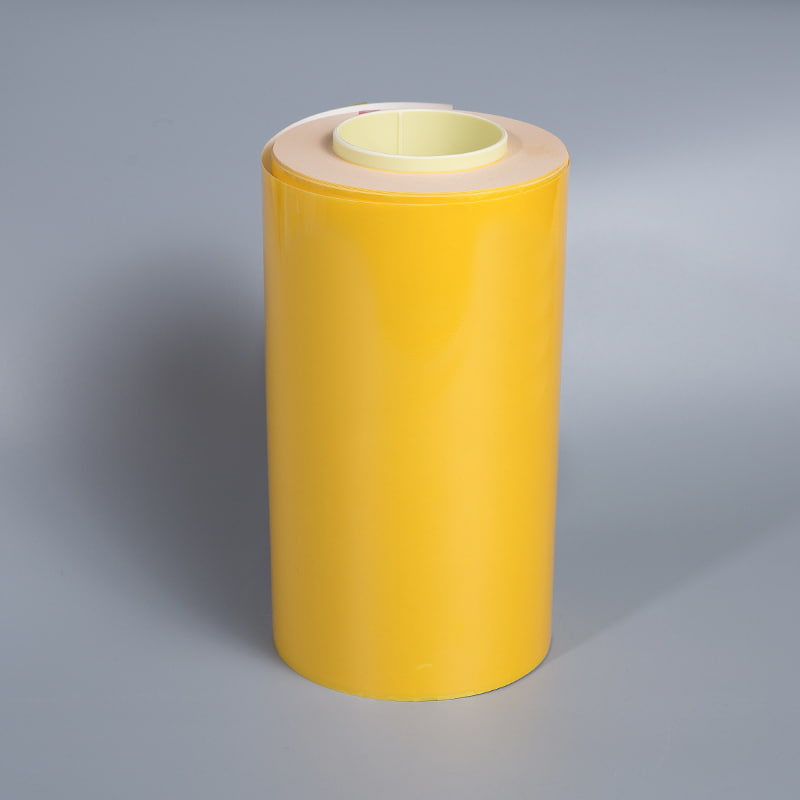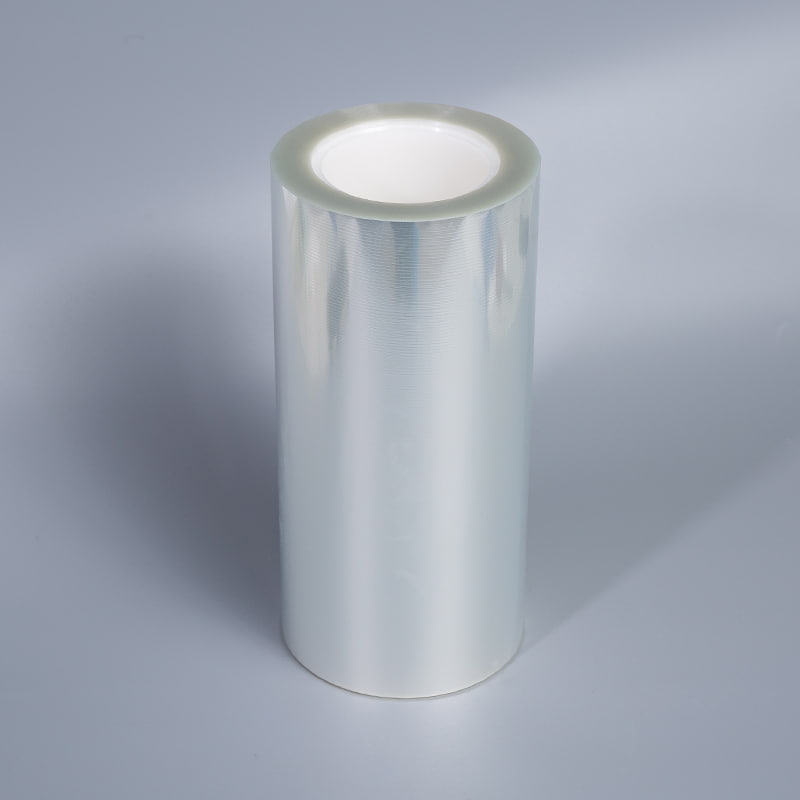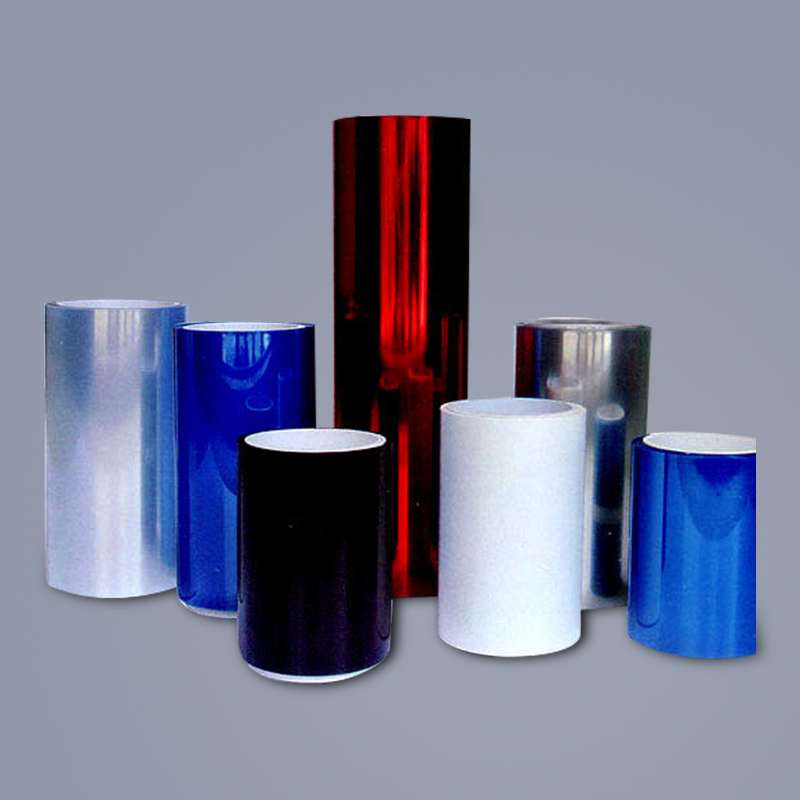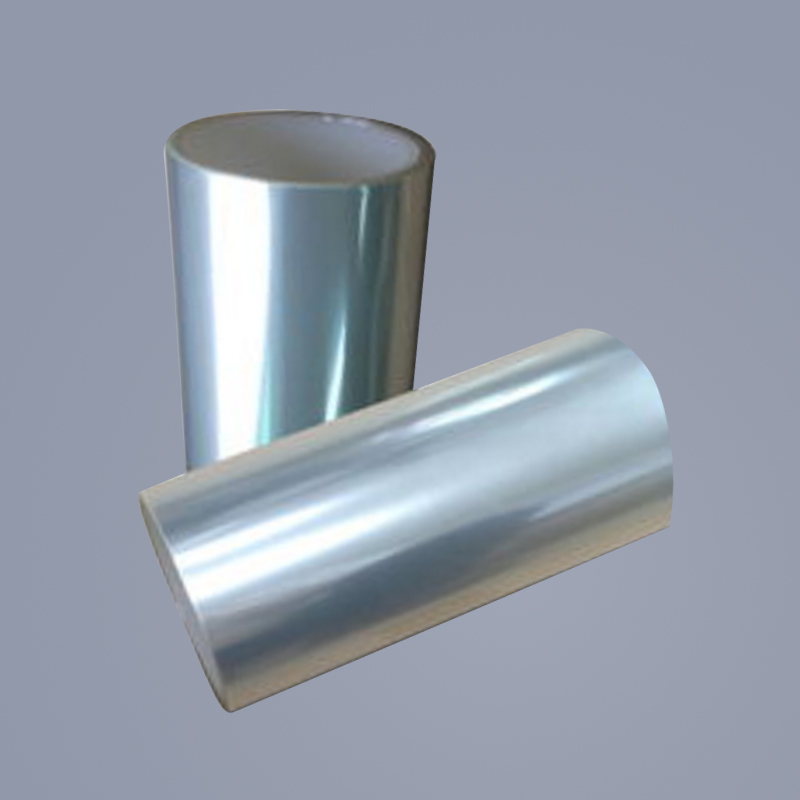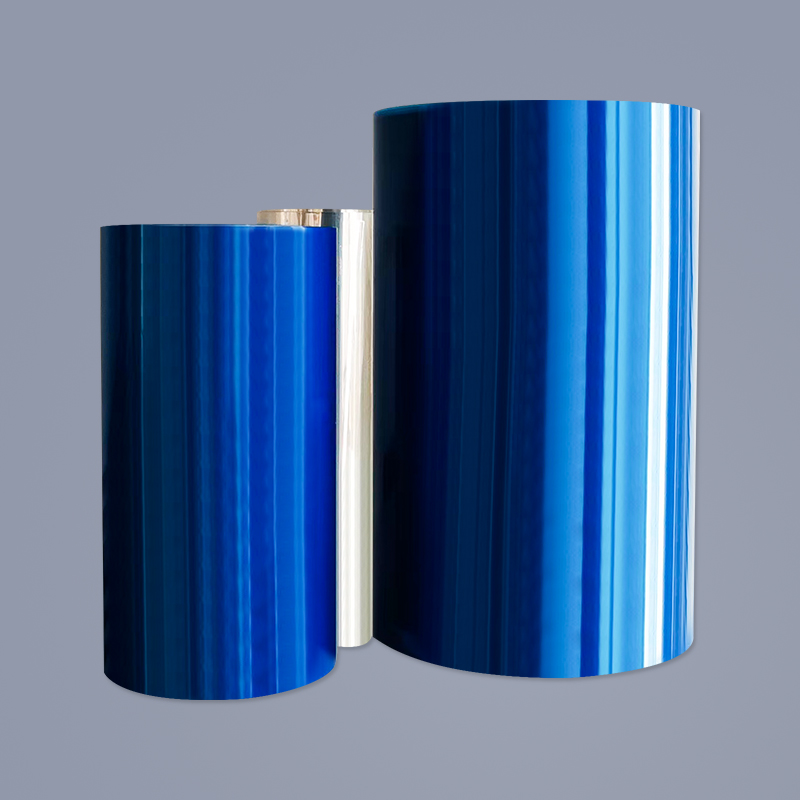Copperplate paper release paper, a specialized and often overlooked component in various crafting and industrial processes, is essential for achieving clean, precise, and high-quality results. This guide delves deep into the world of Copperplate Paper Release Paper, exploring its functions, types, applications, and how to select the perfect one for your project. Whether you are a seasoned artist or an industrial designer, understanding this material is key to unlocking your work's full potential.
What is Copperplate Paper Release Paper?
At its core, Copperplate Paper Release Paper is a type of silicone-coated paper designed to provide a non-stick surface. It is primarily used in processes involving heat and pressure, such as heat transfer applications, crafting with materials like HTV (Heat Transfer Vinyl), and various laminating procedures. The "copperplate" name often refers to the specific, slightly textured finish it can impart, which is highly prized for its aesthetic qualities.
- Primary Function: To act as a protective, non-stick barrier that prevents adhesives or melted materials from bonding to the heat press or other surfaces.
- Key Characteristics: It features a high-temperature resistant silicone coating on one or both sides, ensuring durability and multiple uses in some cases.
- Finish: The copperplate finish typically provides a subtle, elegant texture to the surface of the applied material, enhancing the final product's visual appeal.
Top 5 Benefits of Using Copperplate Release Paper
Incorporating copperplate paper release paper into your workflow offers a multitude of advantages that directly impact the quality and efficiency of your output. Its benefits extend beyond simple non-stick properties.
- Superior Release Properties: The silicone coating ensures a clean and consistent release every time, preventing tearing or residue left on your project.
- Enhanced Surface Finish: It transfers its smooth or textured surface to the material, creating a professional-looking matte, gloss, or patterned effect.
- Heat Resistance: Engineered to withstand high temperatures without degrading, making it ideal for heat press and lamination applications.
- Reusability: Certain heavy-duty grades are designed for multiple uses, providing excellent value for money and reducing waste.
- Versatility: Compatible with a wide range of materials including vinyl, laminates, and certain types of resins.
How to Choose the Right Copperplate Paper for Your Project
Selecting the appropriate copperplate paper is crucial for project success. The right choice depends on several factors, including the material you're working with, the desired finish, and the application method.
- Consider the Application: Are you working with HTV, doing resin art, or laminating? Each application might require a slightly different paper weight or silicone release level.
- Desired Finish: Decide if you need a glossy, matte, or specifically textured (copperplate) finish on your final product.
- Paper Weight and Thickness: Heavier papers offer more durability and are less likely to wrinkle under high pressure, but lighter papers might be more flexible for certain projects.
- Single vs. Double-Sided: Single-sided release paper is standard. Double-sided is used for more specialized applications where adhesion needs to be prevented on both sides.
Comparison of Common Copperplate Paper Types
To aid in your selection, here is a comparison of different types of release papers based on their key attributes. This table helps you quickly identify which type aligns best with your specific craft paper needs.
| Type | Best For | Finish Imparted | Reusability |
| Standard Copperplate | General HTV, Crafting | Light Texture/Matte | Limited (3-5 uses) |
| Heavy-Duty Copperplate | Industrial Laminating, High-Pressure Presses | Pronounced Texture | High (10+ uses) |
| Glossy Finish Release | Creating a High-Gloss Surface | High Shine/Gloss | Limited (3-5 uses) |
| Matte Finish Release | Eliminating Shine, Soft-Touch Feel | Smooth, Non-Reflective | Limited (3-5 uses) |
Common Applications and Uses of Release Paper
The utility of copperplate release paper spans across hobbies and industries. Its primary role is to ensure a perfect separation between sticky materials and hot surfaces.
- Heat Transfer Vinyl (HTV): It is placed over the HTV design before pressing to protect the design and the heat press plate, ensuring even pressure and preventing scorching.
- Laminating: Used in commercial and craft laminating to prevent the laminate from sticking to the machine's rollers, while also adding a desired texture.
- Composite Manufacturing: In industrial settings, it is used in the production of composite materials like fiberglass or carbon fiber to create a non-stick barrier between the mold and the part.
- Resin Art and Epoxy Projects: Artists use it to create a non-stick work surface or to achieve specific textural effects on the bottom of resin pieces.
- Adhesive Tape and Label Manufacturing: Serves as a backing material that can be easily removed from the adhesive product.
Best Practices for Using and Storing Your Release Paper
To maximize the lifespan and effectiveness of your non-stick paper for crafts, proper handling and storage are paramount. Following these guidelines will ensure consistent performance.
- Cleanliness: Always ensure the press platen and your hands are clean before handling the paper to avoid transferring oils or debris that can affect its non-stick properties.
- Pressure and Temperature Settings: Always adhere to the manufacturer's recommended settings for your specific material. Excessive heat or pressure can damage the silicone coating.
- Inspection: Before reuse, inspect the paper for any signs of damage, such as scratches, tears, or burnt spots. Compromised paper should be discarded.
- Storage: Store release paper flat in a cool, dry place away from direct sunlight. Rolling or bending it can create permanent creases that will transfer to your projects.
- Orientation: Remember that only the silicone-coated side is non-stick. If you are using single-sided paper, ensure the correct side is facing your material.
Troubleshooting Common Issues
Even with the best materials, issues can arise. Here’s how to troubleshoot some common problems associated with using textured release paper.
- Vinyl Sticking to the Paper: This is often caused by insufficient heat or press time, or using a paper with too light a release coating. Ensure settings are correct and consider a paper with a heavier silicone coating.
- Wrinkles in the Final Product: Usually caused by wrinkled release paper. Always ensure the paper is smooth and flat before pressing.
- Residue on the Project: This can indicate that the paper is old and its coating is breaking down. Replace with a new sheet.
- Texture Not Transferring: If the desired texture isn't imparted, check that you are using a paper specifically designed for texture (like copperplate) and that sufficient pressure was applied.
FAQ
What is the difference between copperplate paper and parchment paper?
While both are non-stick, they are designed for vastly different purposes. Parchment paper is designed for baking and has a much lower heat resistance threshold. Copperplate paper release paper is specifically silicone-coated for high-temperature applications (like heat presses) and is engineered to impart a specific finish or texture, which parchment paper does not do. Using parchment paper in a heat press is not recommended as it can burn, smoke, and fail to release properly.
Can copperplate release paper be reused?
Yes, many types of copperplate paper are designed for multiple uses. The number of safe reuses depends on the paper's weight and quality, the temperatures and pressures it's subjected to, and the materials it's used with. Always inspect the paper carefully between uses. If it shows any signs of damage, yellowing, or loss of its non-stick properties, it should be replaced to ensure the quality of your projects.
How do I achieve a high-gloss finish on my HTV project?
To achieve a high-gloss finish, you need to use a specific type of non-stick paper for crafts known as gloss finish release paper or a gloss liner. After applying your HTV design with a standard carrier sheet, you place the glossy release paper on top (silicone side down) and press it for a few seconds. The smooth, highly polished surface of this paper transfers a shine to the vinyl, giving it a professional, glossy appearance that protects the design.
What does 'release level' mean when referring to this paper?
Release level refers to the force required to separate the paper from the adhesive material it is protecting. It is typically categorized as easy, medium, or tight. An easy release paper is designed for materials with very low adhesion, allowing for effortless peeling. A tight release paper is for very sticky materials, requiring more force to remove. For most craft paper needs like HTV, a standard or medium release paper is perfectly suitable.
Is there an eco-friendly or biodegradable release paper available?
The industry is increasingly moving towards more sustainable solutions. Some manufacturers now produce release paper made from recycled materials or using sustainably sourced paper backings. Furthermore, there are developments in bio-based silicone coatings. While not yet mainstream, looking for products certified by organizations like the Forest Stewardship Council (FSC) is a good step towards making an eco-friendly choice. Always check the manufacturer's specifications for environmental information.


